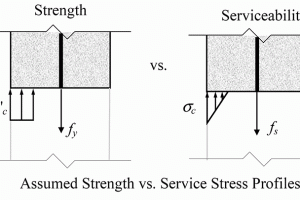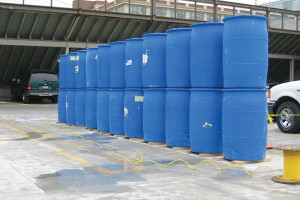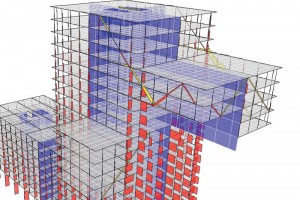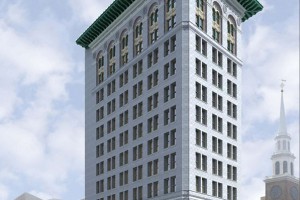More than one A/E has been in the uncomfortable position of having a structure that he or she designed fail an inspection due to a code-related design defect. The immediate reaction, in printable form, is often “How were the plans approved if they didn’t comply with the building code? That’s negligence on the part of the building department.” While this reaction is understandable, it doesn’t provide much support for the A/E when explaining the situation to the owner. …
Yearly Archives : 2014
WSP was an Award Winner for the One World Trade Center project in the 2013 NCSEA Annual Excellence in Structural Engineering awards program (Category – New Buildings over $100M). …
Structural engineering education today is a real mess! The problem starts with the young students who are traditionally attracted to our profession. Almost without exception, they like math and science much more than other subjects. Many, if not most, are more comfortable interacting with other people through their computers and mobile devices than doing so in person. This left-brained, somewhat introverted group is the raw material that feeds the pipeline year after year. Thus, the stereotype begins early. …
The Merging of Design Philosophies
Limit states design – also known as ultimate strength design or load and resistance factor design (LRFD) – is largely supplanting the traditional methods of allowable stress design for most structural materials. Perhaps you are seasoned enough to remember the days when working stress design of reinforced concrete was the norm, and limit states design was a fairly new concept. …
Think of Egypt, and three monumental engineering endeavors immediately come to mind: the pyramids – timeless, iconic, pioneering. But arguably more critical to the survival of this nation of almost 90 million people is the infrastructure of its modern capital, Cairo, home to a massive 20% of the country’s population and host to several million commuters daily. …
Rationale, Objectives, and Execution
While it is usually possible to demonstrate the safety of an existing structure through calculations based on general accepted engineering principles, this is not always the case. Sometimes there are structures for which calculations alone may not be sufficient to demonstrate fitness for intended occupancy or use. …
Steel Joists and Deck Summary
As Building Information Modeling (BIM) continues to progress through the steel design and construction industry, showcasing its many benefits to the building project and its owners, demand for BIM information continues to increase. …
During their service life, high-rise buildings and the associated nonstructural components endure various movements and deformations. Although the deformations and movements are not life threatening, inappropriate design of buildings and associated nonstructural components could induce expensive economic consequences in the long-run and, in order to ensure proper building behavior of the superstructures and the attached nonstructural elements, should not be ignored. In this article the possible deformations and movements of reinforced concrete high-rise buildings and the accommodation of the affected components are discussed. …
Thank you for your excellent article in STRUCTURE magazine on “‘edge barrier walls” in parking structures. …
Pennoni’s involvement with the adaptive reuse of an existing historic building included the development of several innovative structural solutions. Part 1 of this article (February 2014) provided a history of the building and the initial major renovation challenges (Figure 1). This article will discuss life safety improvements and enhancements to utilization of the 12th floor and roof spaces. …









